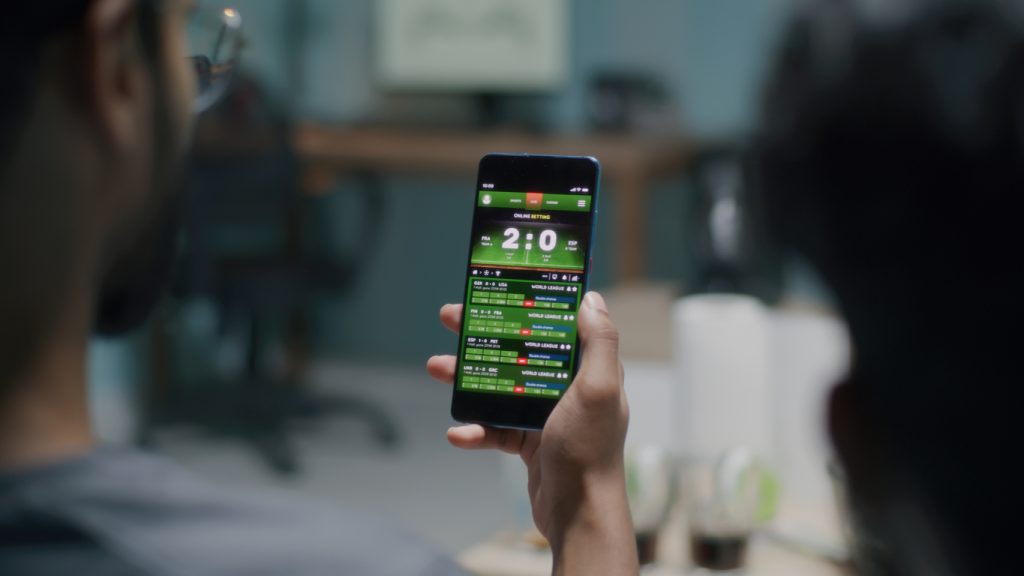Experimentation
Constantly test and learn on the road to better experiences.

What are our
experimentation services?
Experimentation is a cornerstone of strategic digital optimisation and involves systematically testing and refining various elements of your digital assets to enhance performance and customer experience. This process allows you to make data-driven decisions whilst simultaneously enhancing the customer experience.
In today’s fast-moving landscape agility is the key to success and only by fostering a culture of experimentation can you continually adapt, innovate, and seize new opportunities in an ever-evolving market.
Key experimentation
components include:
Hypothesis Development:
Formulating clear and testable hypotheses that articulate the expected outcomes of the experiment.
A/B Testing:
Conducting A/B tests or split tests to compare different versions of a variable and measure their impact on specific metrics.
Variable Selection:
Identifying the specific elements or variables to be tested, such as website features, content, design, or customer interactions.
Randomised Assignment:
Randomly assigning participants or customers to different experimental groups to ensure unbiased and statistically valid results.
Data Collection and Analysis:
Collecting relevant data during the experiment and employing statistical analysis to interpret results and determine their significance.
Iterative Testing:
Implementing a cycle of continuous testing and refinement based on insights gained from previous experiments.
Implementation of Findings:
Applying successful changes identified through experimentation to the live environment to optimise processes or customer experiences.
Statistical Significance:
Determining whether observed results are statistically significant, ensuring reliability and relevance to guide decision-making.
Learning from Losing Tests:
Embracing unsuccessful outcomes as valuable learning opportunities, extracting insights from losing experiments to inform future strategies and refine hypotheses.
Cross-Functional Collaboration:
Encouraging collaboration across different teams, such as marketing, design, and development, to bring diverse perspectives to the experimentation process.
Leadership Support:
Securing support from organisational leadership to foster a culture that values experimentation and innovation.
Transparent Communication:
Promoting open communication about experimentation goals, methodologies, and results to facilitate organisational learning.
Risk Tolerance:
Cultivating a mindset that embraces calculated risks and views experimentation outcomes, whether positive or negative, as valuable learning opportunities.
Continuous Learning:
Creating a culture that values ongoing learning, allowing teams to adapt strategies based on evolving insights and market dynamics.











